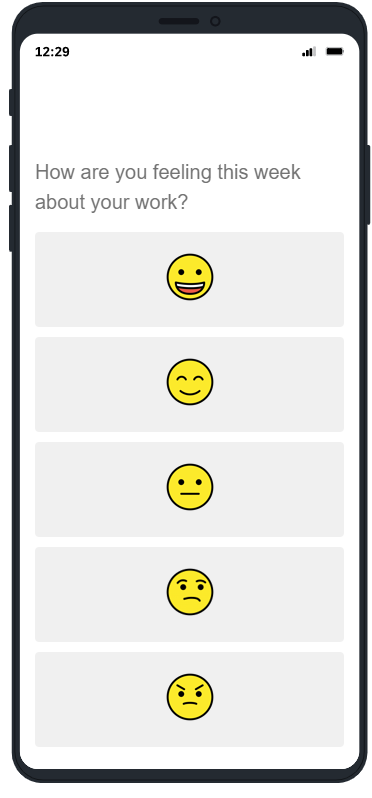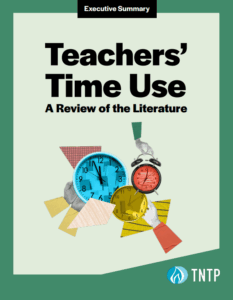Is a “great resignation” of teachers on the horizon?
It’s a question weighing heavily on the minds of school and district leaders. While there’s no evidence of an uptick in teacher resignations so far this year, an alarming number of teachers say they’re thinking about quitting—the result of added stress from the pandemic exacerbating longstanding concerns about pay, working conditions, and teaching’s entire value proposition.
The good news is that school leaders have a lot of agency in teacher retention, even during difficult times: in our recent guide to addressing teacher shortages, we shared several proven, low- or no-cost strategies that can encourage wavering teachers to stay.
But how can leaders identify the teachers most at risk of quitting in the first place? The answer may be as simple as a 30-second survey.
We recently partnered with Edgewood Independent School District—which serves almost 10,000 students across 20 schools in San Antonio, Texas—to implement a “pulse check” survey providing actionable, real-time information about teachers’ experiences and the support they need to feel better about their jobs.
It’s no accident that the Pulse Check’s first question resembles the emoji kiosks you’ve encountered in airport terminals and IKEA checkout lines: these tools have a proven track record of collecting actionable, bite-sized feedback.

Teachers in Edgewood received this prompt by email every other week. Their response opened a link that asks three targeted questions, which take only about 30 seconds to answer:
- How are you feeling about your work?
- Is there anything you’d like to share about how you’re feeling or how your work is going?
- What supports/resources would make work easier for you?
Next, in near real-time, we fed the responses into dashboards for principals and district leaders that offer insights and trends on teachers’ current experiences by school, grade, subject area, race or ethnicity, and tenure in the district. The result was timely, actionable data on what could help teachers feel better about their jobs—whether it’s repairing a broken projector, clearer communication about testing timelines, or bigger issues like workload reduction.
Just as importantly, each small response to the Pulse Check paints a bigger picture that can help predict whether specific teachers will return to their school next year. As you might expect, teachers in Edgewood who indicated dissatisfaction with their jobs were more likely to leave—50 percent of teachers who reported they were struggling at least five times on the Pulse Check left at the end of the year, compared to only 17 percent who responded positively at least five times. But an even stronger predictor of retention was teachers’ willingness to respond at all. Overall, 58 percent of teachers who didn’t respond even once to the Pulse Check left at the end of the year.
All of this points to a clear takeaway for principals: simply asking how teachers are doing, regularly and consistently, can offer valuable insights for boosting teacher retention at a time when it’s never been more important. Focus on addressing any concerns teachers raise—but focus even more on teachers who don’t say anything at all.








